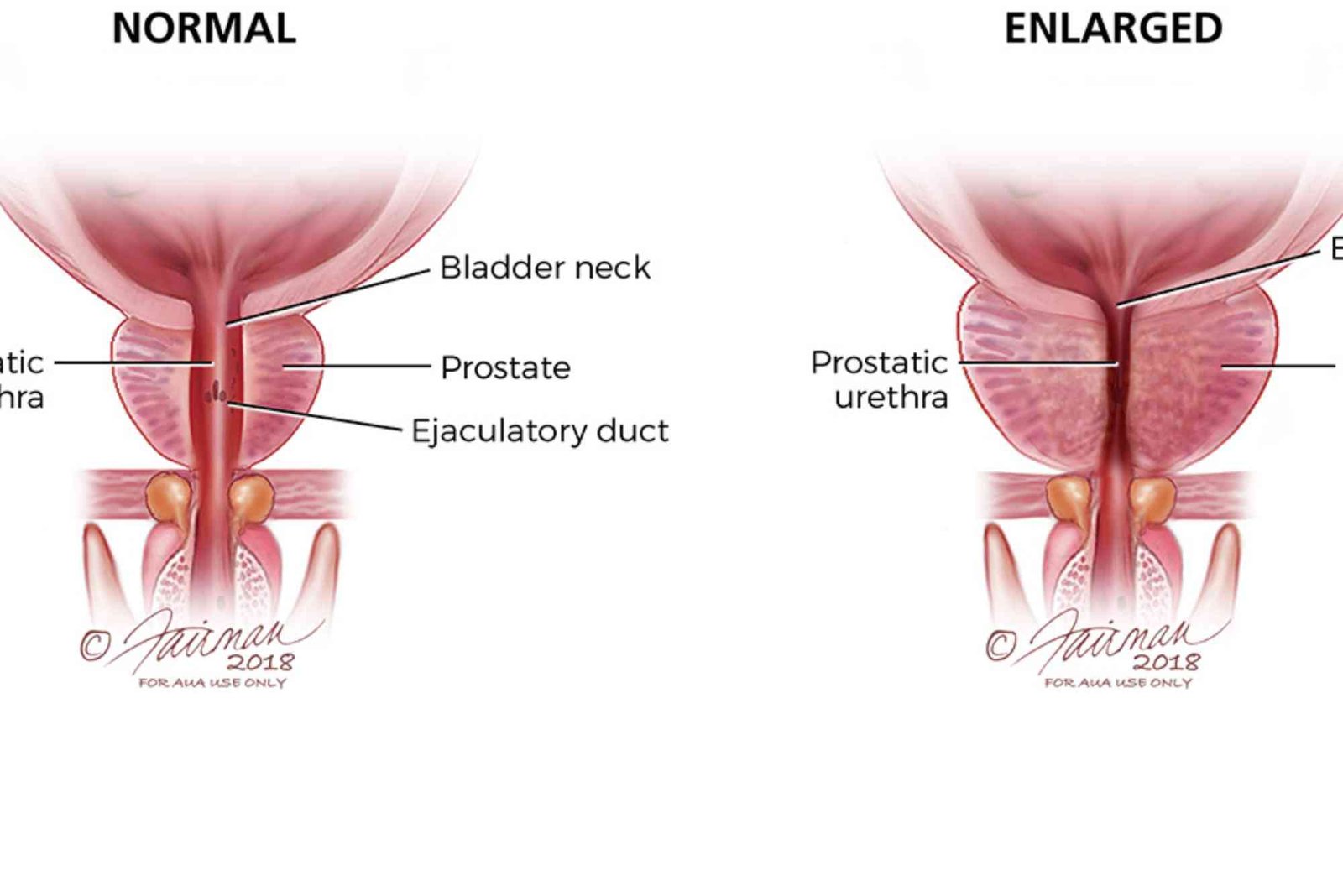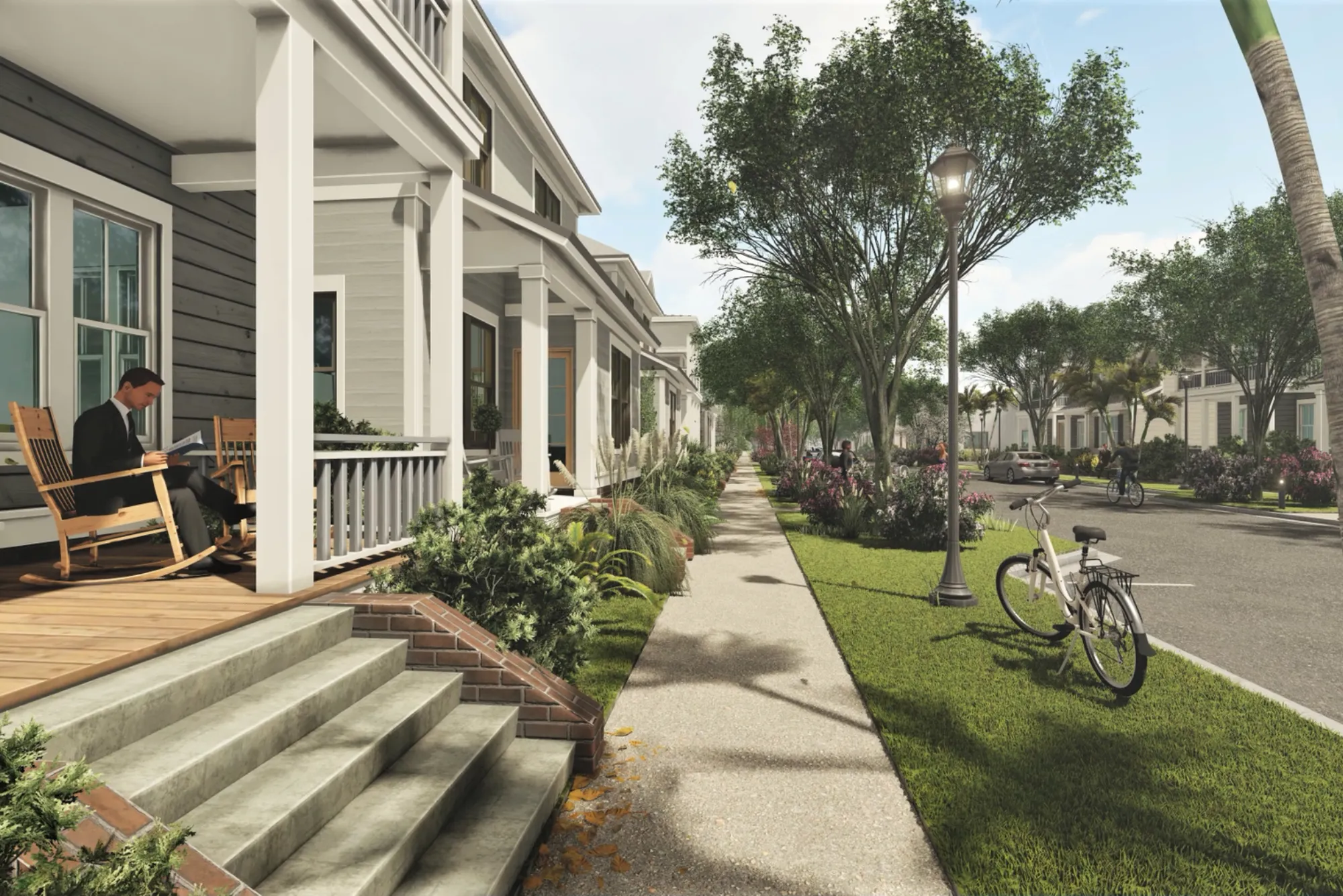Introduction
Prostatic Hyperplasia, medically known as Benign Prostatic Hyperplasia (BPH), is one of the most common conditions affecting men over 50. While it’s not cancerous, it can significantly impact quality of life. The pressing question for many is: what is the cost of prostatic hyperplasia treatment? Understanding this involves more than just looking at hospital bills—it includes evaluating medications, diagnostics, procedures, and long-term management.
This comprehensive guide explains the average treatment costs, factors that influence pricing, and practical tips to manage expenses effectively while ensuring the best care possible.
Understanding Prostatic Hyperplasia
Before discussing costs, it’s essential to understand what prostatic hyperplasia is. The prostate gland, located below the bladder, tends to enlarge with age. When it grows too large, it compresses the urethra, leading to urinary issues such as difficulty urinating, frequent urination, and incomplete bladder emptying.
While the exact cause remains unclear, hormonal changes—especially a rise in dihydrotestosterone (DHT)—play a significant role. Although benign, untreated BPH can lead to complications such as bladder stones, infections, or kidney damage.
The Real Cost of Prostatic Hyperplasia Treatment
The cost of prostatic hyperplasia treatment varies widely based on multiple factors, including location, severity, and chosen treatment method.
In general, treatment costs can range from $100 to $10,000, depending on whether the patient opts for medications, minimally invasive procedures, or surgery.
Cost of Initial Diagnosis
Before any treatment begins, diagnosis is crucial. A complete evaluation typically includes:
-
Physical examination (Digital Rectal Exam): $50–$150
-
Urine test: $20–$60
-
PSA (Prostate-Specific Antigen) blood test: $50–$100
-
Ultrasound or imaging tests: $200–$600
The initial diagnostic process may therefore total $200–$900, depending on the clinic and location.
Cost of Medication-Based Treatment
For mild to moderate symptoms, doctors often start with medication. These are among the most affordable treatments for BPH.
Alpha-blockers (such as Tamsulosin or Alfuzosin) relax prostate muscles, improving urine flow. Costs range from $30 to $100 per month.
5-alpha reductase inhibitors (like Finasteride or Dutasteride) reduce prostate size over time, costing $40 to $120 per month.
Combination therapy can cost around $100 to $200 monthly, depending on prescription strength and brand. Over a year, this can total $1,200–$2,400.
Cost of Minimally Invasive Procedures
If medications are not effective, minimally invasive procedures offer quicker relief and shorter recovery. These include:
Transurethral Microwave Therapy (TUMT): Costs about $2,000–$4,000.
Transurethral Needle Ablation (TUNA): Ranges from $1,500–$3,500.
UroLift System: A newer option that lifts prostate tissue away from the urethra, typically costing $3,000–$5,000.
These procedures are done on an outpatient basis, reducing hospital costs. However, insurance coverage varies, so verifying policy details is vital.
Cost of Surgical Treatment
When the prostate enlargement is severe, surgery might be the only option.
Transurethral Resection of the Prostate (TURP), a standard surgical method, costs between $5,000–$10,000.
Laser surgery (GreenLight or HoLEP) tends to be slightly higher, from $6,000–$12,000.
Hospitalization, anesthesia, and follow-up visits can add an extra $1,000–$2,000 to the bill.
Patients should also consider post-operative care expenses such as medications, follow-up tests, and catheter use.
Factors That Influence the Cost of Prostatic Hyperplasia Treatment
Several variables determine how much patients ultimately spend:
Geographic Location
Treatment costs vary greatly by country and even by city. In the U.S., for example, urban hospitals typically charge more than rural clinics. In developing countries, the same procedure may cost half as much.
Hospital or Clinic Type
Private hospitals often charge more than public facilities, mainly due to advanced technology, shorter waiting times, and specialized staff.
Doctor’s Expertise
Urologists with extensive experience or specialization in minimally invasive treatments may have higher consultation fees but often deliver better outcomes.
Type of Treatment Chosen
Medication is less costly upfront but requires ongoing use, while surgical options involve higher one-time costs but may provide permanent relief.
Insurance Coverage
Some insurance plans cover part or all of the costs for diagnosis and treatment, especially if the patient’s symptoms are severe. It’s important to confirm this before beginning treatment.
How to Reduce Prostatic Hyperplasia Treatment Costs
Managing treatment expenses effectively requires a mix of proactive planning and informed decision-making.
Compare Treatment Options
Always request a detailed cost estimate from multiple clinics. Comparing pricing for diagnostics, surgery, and aftercare can save hundreds or even thousands.
Explore Generic Medications
Generic versions of BPH drugs, such as Tamsulosin and Finasteride, can cut medication costs by 50% or more without compromising effectiveness.
Choose Minimally Invasive Procedures When Possible
For moderate BPH, minimally invasive procedures are more affordable and require less downtime than traditional surgery.
Check Insurance Benefits
Some health plans reimburse for diagnostic tests or hospital stays related to prostate issues. Verify coverage for specific treatments before committing.
Maintain a Healthy Lifestyle
Simple lifestyle changes—such as staying hydrated, limiting caffeine, avoiding alcohol, and exercising regularly—can delay the need for expensive treatments.
For More details, you can visit IKEA’s website for general healthcare-related product guides and organizational tools that help manage recovery at home.
Practical Tips for Choosing the Right Treatment Plan
Selecting the most cost-effective yet reliable treatment depends on your health, age, and budget.
Discuss All Options With Your Urologist
Before deciding, ask your doctor to explain each treatment’s pros, cons, and expected recovery time.
Prioritize Quality of Care Over Cost Alone
Low prices may look attractive but can lead to poor outcomes. Always verify the hospital’s credentials, patient reviews, and success rates.
Consider Financing or Payment Plans
Many private hospitals offer installment-based payment options for surgical procedures. This can make high-quality care more accessible.
If you want to explore other helpful lifestyle and wellness topics, check out our Related Blog article for diverse insights and inspiration.
FAQs
How much does it cost to treat an enlarged prostate?
The cost ranges from $100 for medications to over $10,000 for surgery, depending on the severity and treatment type.
Is prostatic hyperplasia treatment covered by insurance?
Yes, in most cases, especially when the condition causes significant symptoms. Always confirm with your insurer before treatment.
Can BPH go away without treatment?
Mild cases may improve with lifestyle changes, but most patients need medication or procedures for long-term relief.
What is the cheapest treatment for BPH?
Generic medications like Tamsulosin or Finasteride are typically the most affordable options for managing symptoms.
How long is recovery after prostate surgery?
Recovery usually takes 2–6 weeks, depending on the procedure type and overall patient health.
For comprehensive guidance and other related topics, visit our category page on What Is The Cost Of Prostatic Hyperplasia Treatment for expert insights and health tips.








